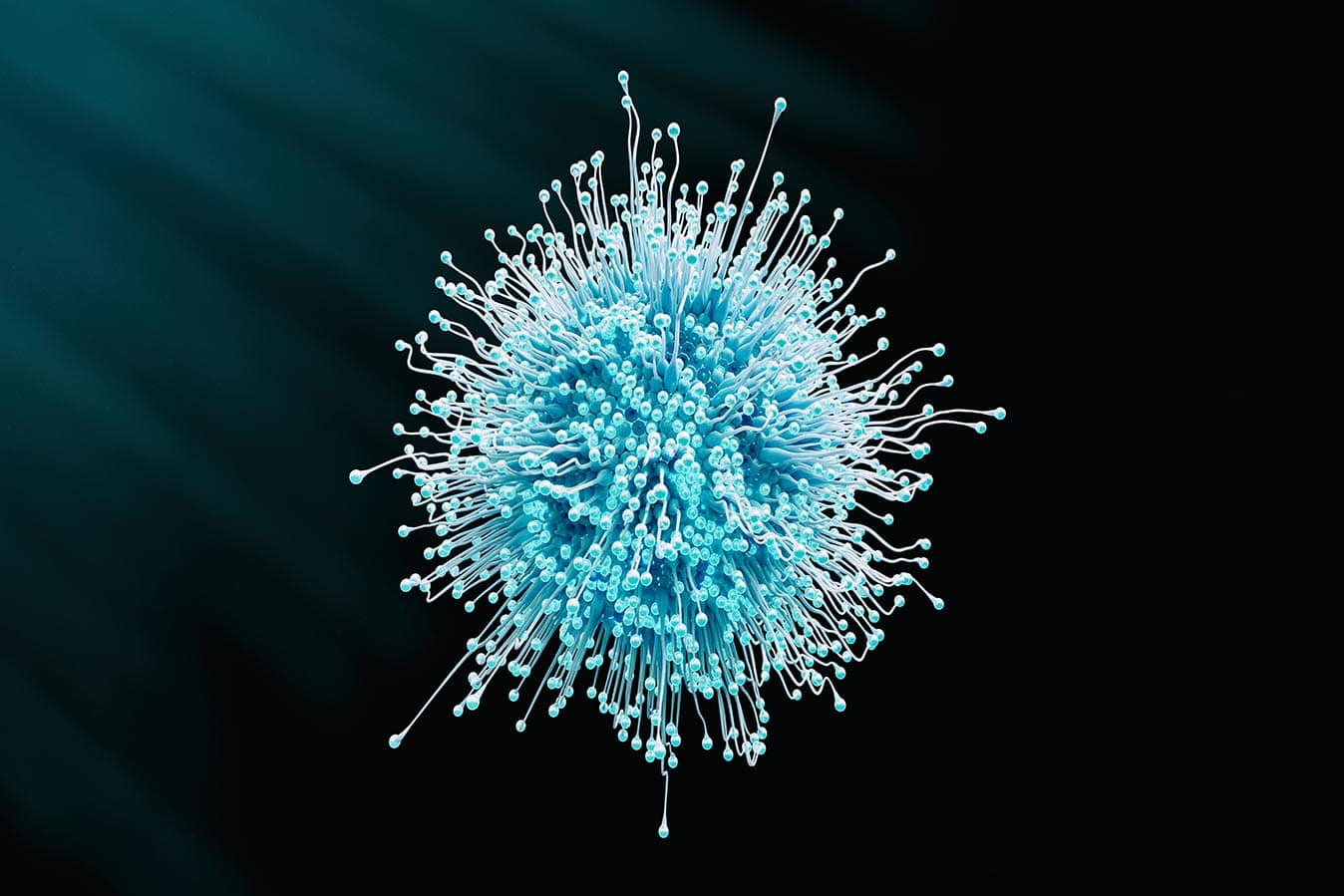The World Health Organization’s (WHO) Technical Advisory Group on COVID-19 Vaccine Composition (TAG-CO-VAC) assesses how the SARS-CoV-2 virus’ evolution might impact on COVID-19 vaccine antigen composition and advises the WHO on whether changes are needed to the antigen composition of future COVID-19 vaccines.
This helps vaccine developers and decision makers decide on how to commit resources and research to continue development of effective, safe COVID-19 vaccines that continue to protect people against the virus as the pandemic develops.
On May 11 2023, the Technical Advisory Group on COVID-19 Vaccine Composition (TAG-CO-VAC) met to review the genetic and antigenic evolution of SARS-CoV-2, the performance of currently approved vaccines against circulating SARS-CoV-2 variants and the implications for COVID-19 vaccine antigen composition.
The evolution of the SARS-CoV-2 virus indicates that XBB (Omicron) will likely be the progenitor of SARS-CoV-2 variants in the near term. At present ,the potential public health risks of future variants remain unknown.
Aside from clinical and preclinical data on XBB.1 or XBB.1.5 (Kraken), there is minimal information on other current variants of interest or variants under monitoring. The XBB descendent lineages, including XBB.1.5 (Kraken) and XBB.1.16 (Arcturus), are highly immune evasive, with XBB.1.5 (Kraken) having the greatest magnitude of immune escape from neutralising antibodies to date. This means that Kraken is highly tramissable.
Substantial genetic and antigenic evolution of the spike protein of SARS-CoV-2 continues to diverge from the index virus as the virus evolves. Sera from individuals who have received two, three, or four doses of index virus-based vaccines, or a booster dose of a bivalent mRNA vaccine show substantially lower neutralising antibody titers against XBB.1 descendent lineages, as compared to titers specific for the antigens included in the vaccine. This highlights how currently available vaccines that have not been developed specifically for Omicron and descendants do not perform as effectively against these new subvariants.
Preclinical data shared confidentially with the TAG-CO-VAC by vaccine manufacturers show that vaccination with XBB.1 descendent lineage-containing candidate vaccines (i.e., Omicron targeting) elicits higher neutralising antibody responses to currently circulating variants compared to currently approved vaccines. This premilianry evidence demonstrates that future vaccines that utilise the Omicon subvariant are likely to be more effective on these new variants.
Recommendations for updates to COVID-19 vaccine antigen composition
- New formulations of COVID-19 vaccines should aim to induce antibody responses that neutralize XBB descendent lineages. One approach recommended by TAG-CO-VAC is the use XBB.1.5 (Kraken) as the vaccine antigen. Given the small genetic difference from XBB.1.5, the use of XBB.1.16 (Arcturus) may be an alternative.
- The TAG-CO-VAC advises moving away from the inclusion of the index virus in future formulations of COVID-19 vaccines based on the following reasons:
- The index virus and antigenic variants no longer circulate in humans.
- The index virus antigen elicits very low levels of neutralizing antibodies against currently circulating variants.
- Inclusion of the index virus in bi- or multivalent vaccines reduces the concentration of the new target antigen(s) as compared to monovalent vaccines, which may decrease the magnitude of the humoral immune response.
- Immune imprinting due to repeated exposure to the index virus may reduce immune responses to new target antigen(s).
Key Points
- Omicron (XBB.1) descendants are likely to become the main form of SARS-CoV-2 worldwide.
- Omicron variants continue to diverge from the index virus used in current vaccines.
- Preclinical data shared by vaccine manufacturers shows that vaccines using XBB.1 descendant antigens exhibit higher neutralisation against circulating variants compared to currently approved vaccines.
- The TAG-CO-VAC advises moving away from the inclusion of the index virus in future vaccine formulations due to its reduced efficacy against Omicron sub-variants, and the risk of immunological imprinting reducing immune responses to new target antigens.
- The TAG-CO-VAC recommends the new vaccines should use XBB.1.5 (Kraken) or XBB.1.16 (Arcturus) as the vaccine antigen to better target current and future strains.
*ALERT* Evidence regarding COVID-19 is continually evolving. This resource will be updated regularly to reflect new emerging evidence but may not always include the very latest evidence in real-time.
To read or download a .PDF of the information contained in this article, please follow this link: ANMF COVID-19 Resources
Authors:
Jarrod Clarke and Micah DJ Peters PhD are at the National Policy Research Unit (Federal Office), Australian Nursing and Midwifery Federation (ANMF) and University of South Australia, Clinical and Health Sciences, Rosemary Bryant AO Research Centre








